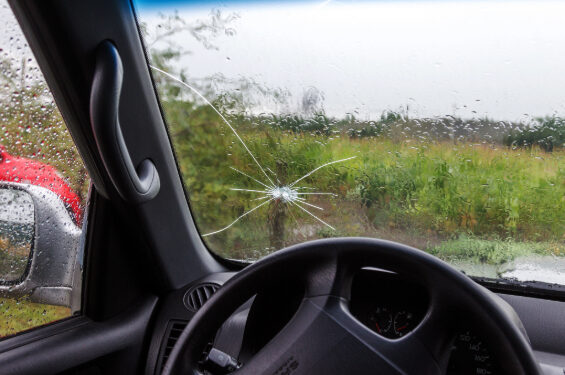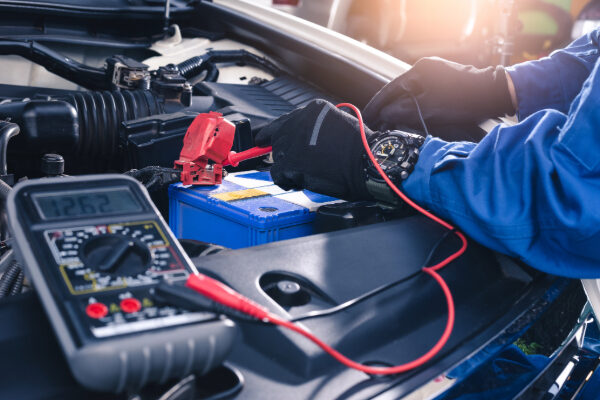
Contrary to general perception, most classic cars aren’t fragile flowers. In fact, many are anvil-tough, particularly American cars of the 1950s and 1960s, built with real Pennsylvania steel and very little plastic. But even these rolling bank vaults can be seriously screwed up by these five things:
1. Non-use
This one is really is counterintuitive. When classic cars come to mind for many, the image of the trailer queen or museum piece looms large; in fact, most people think that these are the best cared-for cars. In actuality, they often turn out to be the most problematic cars when they are finally driven. Non-use is actually abuse — seals dry out and start to leak; gas gets stale and turns to varnish; batteries corrode when not removed; and tires get flat spots. Cars that are used and maintained on a regular basis, on the other hand, are often the happiest and most reliable old cars.
2. Improper storage and rodents
This goes along with the above. Failure to drain fuel or use a stabilizer, not using jack stands, and making certain that anti-freeze is up to snuff all contribute to storage-related deterioration. But perhaps the most destructive force has four teeth and a naked tail — rats and mice, the same rodents that wiped out half the population of Europe by carrying Bubonic plague, can really mess with your classic car. They chew upholstery and insulation to make nests (in which they pee, poop and reproduce, not necessarily in that order), and worst of all, they chew on wiring harnesses where it isn’t apparent until something smokes or catches fire from behind the dash of your 1965 Mustang. Check out these tips on how to keep mice away from your classic car.
3. Road Salt
Most everyone who has taken chemistry knows that the reaction between Sodium Chloride and steel yields iron oxide, more commonly known as rust. But few people truly realize how quickly the damage is done. Just one drive on a wet salty road will give your classic an ugly coating of surface rust on anything on the underside that is not well protected, like suspension parts, exhaust and even the frame. A season or two that lets salty mud penetrate the nooks and crannies of your car will almost certainly cause visible rust to erupt. And don’t think you’re immune because your car is fiberglass, there’s plenty of steel to rot away under the pretty plastic panels of your 1972 Corvette Stingray. Conversely, getting caught in the rain every now and then isn’t death for your classic, as long as nothing like carpets or trunk mats get soaked and stay wet. Some of the cleanest and most rust-free old cars we’ve seen come from the damp Pacific Northwest, where it snows little and road salt isn’t used.
4. Old Tires
Most vintage cars don’t see 15,000 miles of use each year and, often, totally unsafe tires can look deceptively sound. In addition to tread wear, age, dry rot, flat spots and UV exposure can render tires unsafe. About six or seven years should be tops in terms of tire life, regardless of how the tires may look. A blowout or a thrown tread can not only threaten your life, it can severely damage your car as I found out first hand when an otherwise fine-looking tire threw a tread and put a football-sized dent in the lower quarter panel of a formerly pristine 1977 Datsun 280Z.
5. Bad driving habits
The list of things that you can do to shorten the life of the major systems of a classic — from engine, transmission to differential — is long and beyond the scope of this article. But perhaps the most destructive thing you can do to a vintage car is to not let it warm up properly. I’ve witnessed tons of people who should know better start up a cold car and immediately zing it to the redline with the first shift. It’s painful to watch and even more painful to realize the harm that’s being done to the engine. Always drive gently until the car has reached normal operating temperature (usually around the mid-point of the temperature gauge). Find more information from Hagerty on what can kill your classic car.
Even with proper precautions, your classic car can still face costly problems and repairs. Nationwide has partnered with Hagerty to make sure you’re covered for these instances. Find out more about how classic car insurance can keep you and your classic protected.



